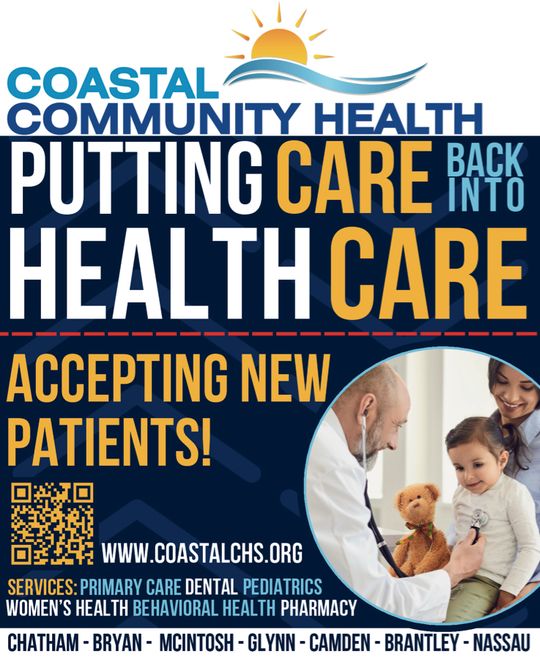Today we take it for granted, but two generations ago, there was no Interstate Highway System (IHS). The numbers of cars and trucks had rapidly multiplied, but America’s roads and highways remained a jumble of unconnected thoroughfares. Most were too narrow and of inferior quality. Better ones were often poorly maintained. President Dwight Eisenhower launched a massive plan of internal improvement. Its benefits are uninterrupted.
Between 1913 and 1915, executives of the largest auto manufacturers, Henry Ford excepted, promoted construction of the country’s only transcontinental roadway — the Lincoln Highway. Government assistance was helpful but limited.
Otherwise, as late as the 1950s, few politicians believed the federal government would or should finance road building. President Eisenhower was applauded for offering a better idea. In his 1956 State of the Union Address, he proposed a nation-wide network of modern highways.
It was an idea whose time had come. Congress passed the National Interstate and Defense Highway Act July 11, 1956, authorizing 41,000 miles of new roads for connecting the whole country from coast to coast. No wonder the construction has been called the world’s greatest public works project. It produced a system of highways stretching 48,890 miles and ranging in length from 18 miles to over 3,000.
How Eisenhower (known as “Ike” since West Point days) came to propose the mammoth IHS project is a fascinating account. His starting point occurred in 1919, soon after the end of World War I.
Ike was then an inexperienced Lieutenant Colonel assigned to the first Transcontinental Motor Convoy. The expedition consisted of 82 motorized vehicles, 24 officers, and 258 enlisted men. Its mission was to test reliability of military transport under wartime conditions.
The Convoy’s route lead from Washington, D.C. to San Francisco, a trek of 3,200 miles. Writes historian Brian Black in his book, Ike’s Road Trip: “Given the lack of roads and their untested vehicular technology, the organizers may as well have been planning a trip to the moon.”
In July 1919, the expedition departed Washington with great fanfare. Sixty-two tortuous days later it dragged into San Francisco. The journey’s ordeal was of gigantic proportions. Primitive military vehicles frequently broke down. Their tires ruptured and blew out. Wooden bridges proved too weak to cross. In places. mud and quicksand required 50 to 100 soldiers with ropes to pull the loaded vehicles forward.
Poor roads east of the Mississippi became constant obstacles in the West, where some exhibited little improvement over trails left by the pioneers. When good roads did exist, Ike observed they lacked even modest maintenance. His written reports, say historians, indicate a lasting impression on the young staff officer.
One other point bears mentioning. As Supreme Allied Commander during World War II, Ike saw the autobahn highways erected in Nazi Germany. He noted their advantages for speeding troops and supplies cross country.
In his book, At Ease: Stories I Tell to Friends, Ike said, “The Old Convoy started me thinking about good two-lane highways, but Germany made me see the wisdom of a broader version across the land.”
Today the IHS is a vital part of the nation’s transportation system. According to the Federal Highway Administration, it carries 26 percent of all vehicle traffic and 50 percent of all heavy truck traffic, transporting $14 billion in goods, annually.
Unquestionably, the IHS is an integral part of the American way of life. All are touched by it, not only because the goods we buy — at some point all were in transit upon it — but because it offers fast unimpeded travel and eternal pleasures of life on the open road.
Construction of the IHS demonstrates an enduring political principle. It holds that some public problems are beyond correction by local and state governments. They are beyond the cure of private citizens, or civic organizations or by philanthropy. It is then the citizenry recognizes that only the federal government provides the means and resources for legitimate action---in the public interest.










